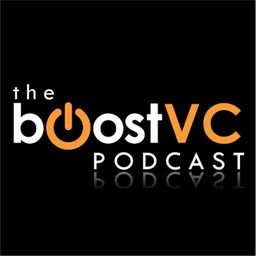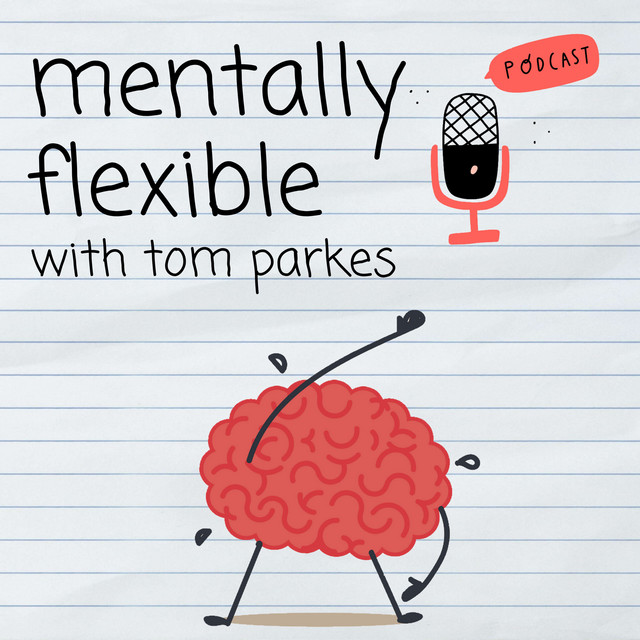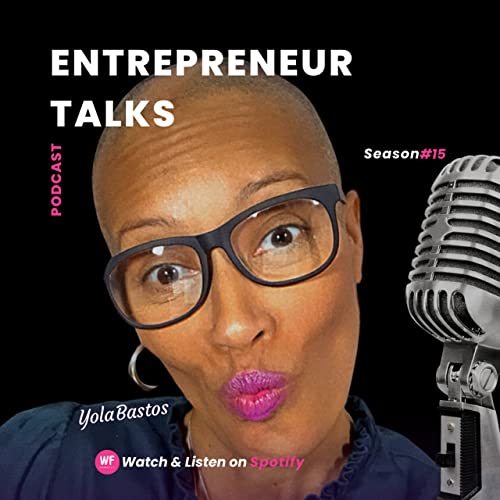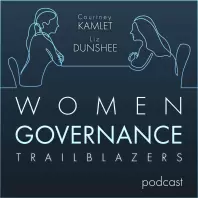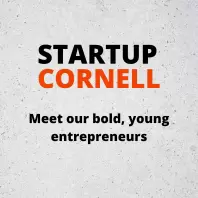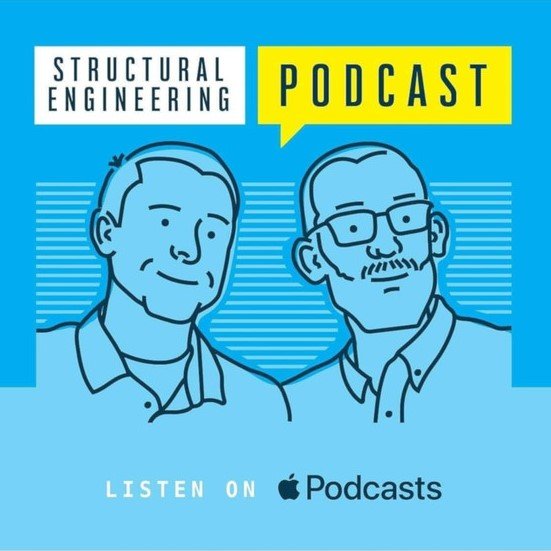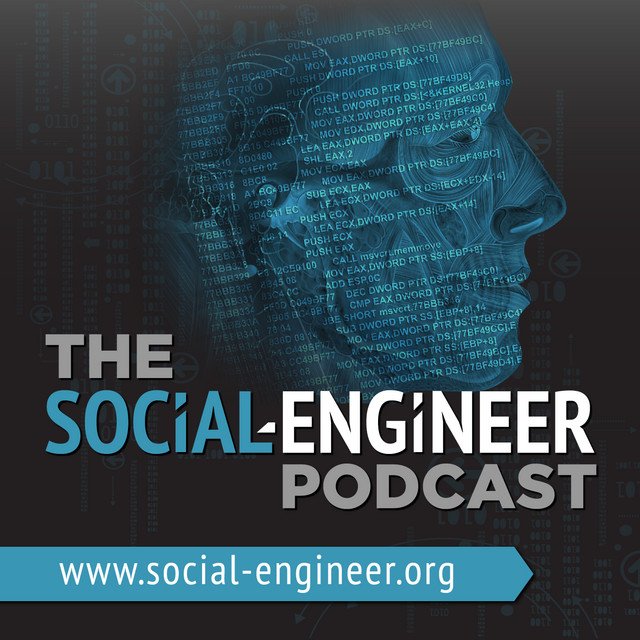According to a BCG report, only 19% of VCs have some kind of scientific or technological competence. And that creates a translation problem between deep tech founders and investors.
To close that gap, Arkady Kulik and his cofounder, Tamaz Khunjua, built RPV, a venture fund that brings scientific expertise to the market and helps scientists become strong entrepreneurs.
On this episode of The Boost VC Podcast, Arkady joins us to explain how the RPV team’s extensive background in science and entrepreneurship serves deep tech startups.
Arkady describes how starting a venture fund differs from founding other companies and shares his excitement around ‘being at the edge of science’ as a frontier tech VC.
Listen in for Arkady’s unique take on what it means to be useful to others and learn how RPV is working to make talented scientists billionaires!
Topics Covered
The idea behind RPV
- Help scientists become strong entrepreneurs
- ‘Commercialization of science’
How Arkady got into venture capital
- Moved to US to be part of scientific exploration of humanity
- Lack of funding in prototyping stage of deep tech startups
Arkady’s biggest accomplishment before age 20
- Launched first company at 18 without external investment
- Scaled to annual revenue of $5M in third year
How starting a venture fund differs from starting other companies
- More competitive, thousands of similar funds raising money
- Harer to differentiate and properly tell story of niche
What part of being a VC Arkady enjoys the most
- Being at edge of science and meeting interesting people
- Finding processes that make things work
The secret skills Arkady is most proud of
- Developed extreme level of discipline
- Extremely organized in managing time and data
How Arkady thinks about being useful to others
- Provide with relevant information or connections
- Put smile on someone’s face, make life better
The most valuable thing RPV provides for deep tech startups
- External proof point for science and technology
- Entrepreneurial experience and change management
Arkady’s ‘deathbed test’ to measure success
- Nothing ‘could have but didn’t achieve’
- Self-actualization (happy, complex person)
Connect with Arkady Kulik
RPV https://rpv.global/
RPV on LinkedIn https://www.linkedin.com/company/rpvglobal/
Arkady on LinkedIn https://www.linkedin.com/in/arkady-kulik/
Arkady on X https://twitter.com/arkadykulik
Resources
Starburst Aerospace https://starburst.aero/
Cantos VC https://cantos.vc/
Countdown https://countdown.capital/
Fifty Years https://fiftyyears.com/
Productivity Planner https://www.intelligentchange.com/products/productivity-planner
Terraforming Mars https://www.fryxgames.se/games/terraforming-mars/
Breakfast with Pops: A Venture Capital Handbook by Adam Draper and William H. Draper III https://www.amazon.com/Breakfast-Pops-Venture-Capital-Handbook/dp/B0C1JHXTQF
Connect with Boost VC
Boost VC Website https://www.boost.vc/
Boost VC on Facebook https://www.facebook.com/boostvc/
Boost VC on X https://twitter.com/BoostVC
Boost VC on Instagram https://www.instagram.com/boost_vc/
